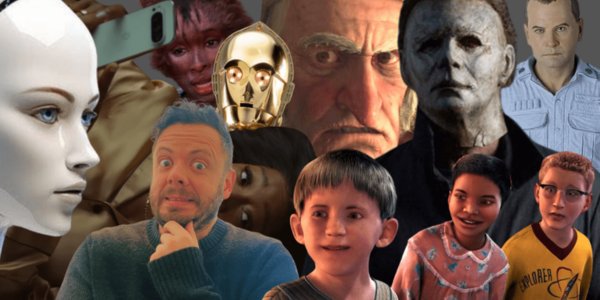Uncanny Valley
The Uncanny Valley: When Attraction Turns Uneasy
In the world of human perception, the uncanny valley describes the strange discomfort people feel when something looks almost—but not quite—human. It’s the reason hyperreal dolls, humanoid robots, or virtual partners sometimes evoke fascination and fear at the same time.
In the context of sexuality and relationships, this phenomenon raises deep psychological questions. Why do people find some lifelike human figures—like AI companions or love dolls—attractive, while others feel eerie? The answer lies in how our brains process emotional realism and familiarity.
Emotional Perception and Desire
Human attraction relies on trust signals—facial expressions, eye movement, and subtle gestures that communicate life and empathy. When a synthetic figure imitates these cues too closely but imperfectly, the mismatch triggers unease. Our brains recognize it as “almost human,” yet something feels off, creating tension between curiosity and discomfort.
This explains why realistic dolls, especially in sexual contexts, can evoke complex feelings: arousal, empathy, or even existential fear. They challenge the boundaries between fantasy and reality, raising the question—what does it mean to connect with something almost alive?
The Psychological Core
The uncanny valley reflects our deep emotional wiring. Humans crave both realism and safety. When a replica crosses that fine line, it activates our instinct to detect “wrongness.” In sexual contexts, this may surface as hesitation toward hyperreal dolls or digital partners that seem emotionally aware yet lack true humanity.
At the same time, this discomfort also represents evolution in desire—as technology grows more lifelike, so does our capacity to adapt and empathize with artificial beings. Many find comfort, connection, and pleasure in such experiences once they understand and accept the psychological divide.
FAQ
What is the uncanny valley theory?
It’s the idea that people feel discomfort when they see something that looks nearly human but not perfectly so—like lifelike dolls or humanoid robots.
What is uncanny valley in real life?
In real life, it’s the eerie feeling when interacting with near-human figures, such as hyperreal dolls, CGI characters, or AI avatars that mimic human behavior.
What is an example of the uncanny valley effect?
Examples include humanoid robots with stiff expressions or dolls that look real but move unnaturally, making people feel both intrigued and uneasy.
Why is the Uncanny Valley so unsettling?
The brain detects subtle differences that signal “something’s off.” This conflict between realism and artificiality triggers discomfort or even fear.
What triggers uncanny valley?
It’s triggered by small imperfections—slightly unnatural eye movements, skin texture, or speech patterns that don’t fully match human expectations.
Can the uncanny valley be overcome?
Yes. Familiarity and exposure reduce the effect over time. As design improves and emotional realism grows, people adapt and the discomfort lessens.
















